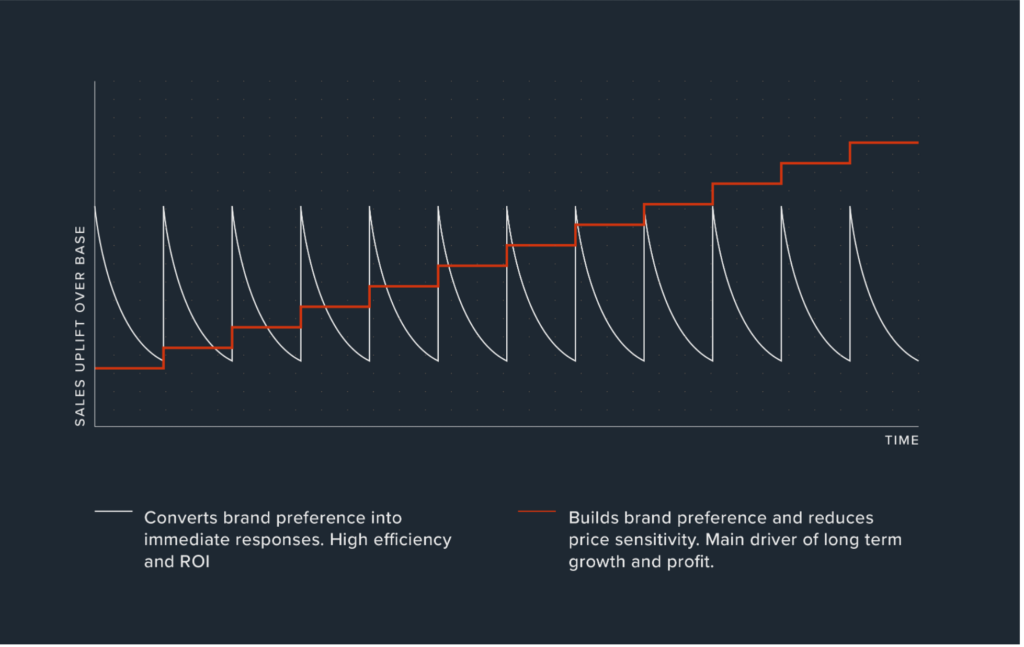In today’s complex marketing ecosystem, professionals juggle an ever-growing mix of tactics designed to deliver both immediate performance and long-term brand strength. While traditional channels like advertising, PR, and trade shows still play a vital role, digital transformation has broadened the field with social media, experiential activations, and SEO, among other tools. For many teams, especially lean ones, managing these simultaneously can feel like spinning plates.
To bring clarity, marketers can benefit from simplifying the approach into two distinct, but complementary, categories: brand and activation.
Activation Marketing: Driving Action in the Now
Activation marketing zeroes in on the short-term wins—campaigns that prompt audiences to act immediately. Think limited-time promotions, live demos, lead-generation campaigns, or interactive digital experiences. The goal is simple: convert interest into measurable results.
The challenge? Momentum. Activation campaigns often burn bright and fast, requiring continual innovation to maintain performance. Without a steady brand foundation, these bursts of activity risk losing long-term effectiveness once the campaign ends.
Brand Marketing: Building Equity That Lasts
Brand marketing takes the long view—establishing a company’s voice, personality, and promise in ways that build loyalty over time. It’s about emotional connection as much as communication: creating consistency, credibility, and distinction in the minds of customers.
While brand-building doesn’t always produce an immediate sales spike, it’s the reason customers remember (and return to) a company long after an activation ends. Strong brands lower price sensitivity, drive preference, and create the trust that fuels sustainable growth.
Striking the Right Balance
Your Finding the optimal ratio between brand and activation is both an art and a science. In the March 2023 CMO Survey, companies reported allocating about 40% of budget to long-term brand building and 60% to short-term performance. Respondents said the ideal split is closer to 50/50. The 2025 edition shows expected category changes, including brand-building up approximately 6.6% over the next year.
This balance ensures that while near-term opportunities are captured, the brand’s equity continues to expand, setting the stage for long-term success.

Experiential: The Bridge Between Brand and Activation
Few strategies connect the short-term and long-term as powerfully as experiential marketing. These immersive, hands-on experiences create a tangible link between brand identity and customer action. In fact, 91% of consumers say they feel more positive about a brand after an event or activation, and 85% are more likely to make a purchase as a result.
When done well, experiential campaigns not only drive conversions—they reinforce the brand story in a way audiences remember and share.
Conclusion
In an age where channels multiply and attention spans shrink, the smartest marketers focus on integration over fragmentation. Simplifying your strategy into brand and activation categories helps ensure clarity, alignment, and sustained impact.
When you strike the right balance—investing in the brand for tomorrow while activating opportunities today—you create a marketing engine built for both immediate results and enduring growth.
To stay up to date on agency news, awards, and blog posts, subscribe to our Spire Wire newsletter.

